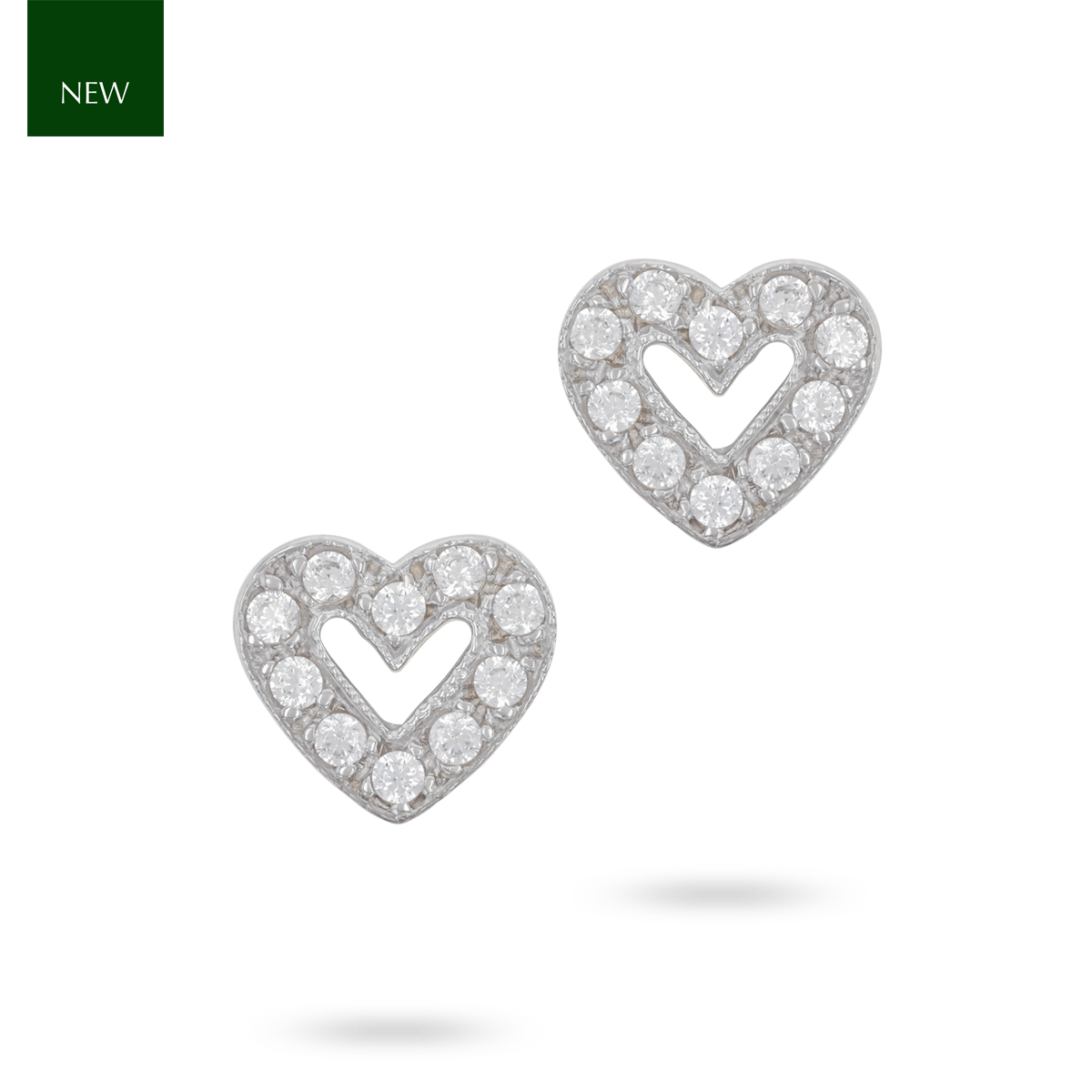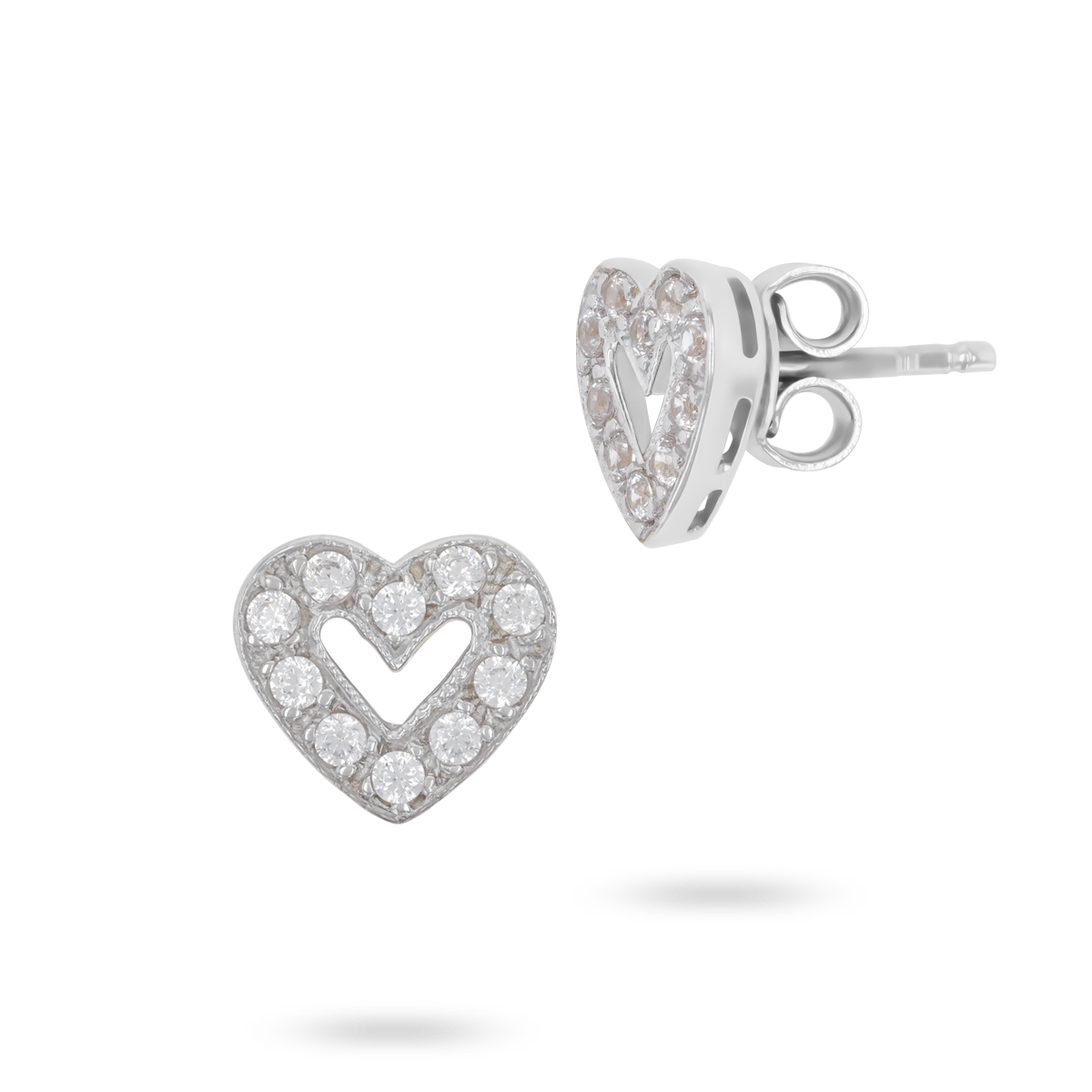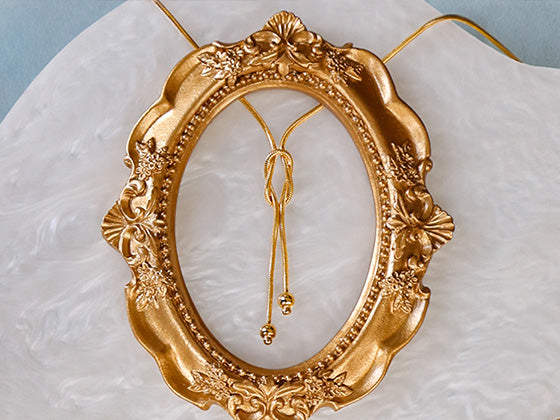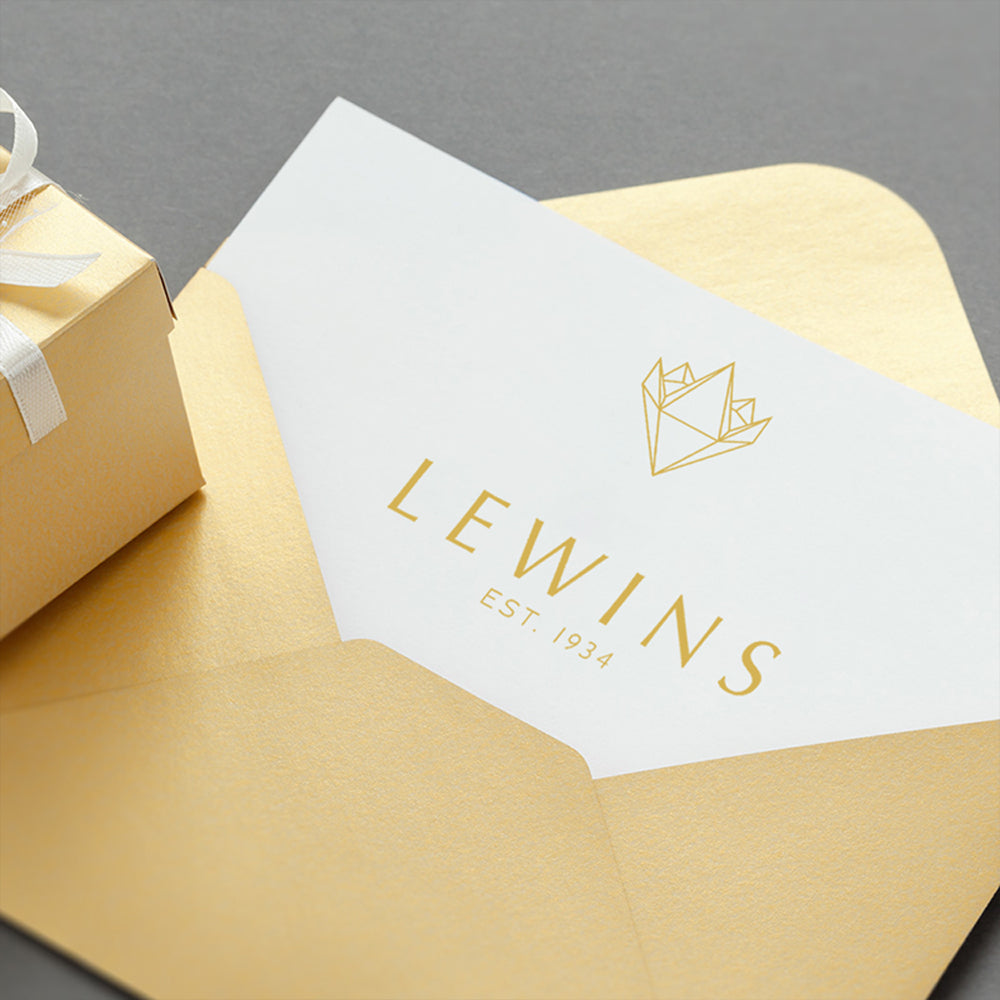These stud earrings are crafted in 9ct white gold, featuring a heart motif each adorned with ten round brilliant cut cubic zirconia stones, secured within a bead and bright setting. The earrings are complemented with a butterfly fitting.
Material: 9ct White Gold
Brand: Lewins
Style: Studs
Primary Stones: Cubic Zirconia, 20 Round Brilliant Cuts
Dimensions: 8.7mm (L) x 7.7mm (W) x 2mm (D), excluding post
Weight: 1.39 grams
Jewellery Odyssey:
Throughout the history of jewellery, earrings have been worn across many ancient civilisations and cultures, by both women and men. Archeologists have discovered that over 5,000 years ago, the ancient Sumerians would often import gold or silver (from modern day Iran and Turkey) along with lapis lazuli (Afghanistan) and carnelian (India), to embellish their intricate jewellery designs. During this era it was fashionable for both men and women to wear earrings.
Located on the Greek Island of Crete, the beautiful, colourful and expressive Aegean culture, thrived during the Bronze Age Greece (c. 3100 BCE - c. 1100 BCE). Minoan women used fashion, hair and jewellery such as hoop earrings, for a decorative and bold statement.
From being commonly worn by Ancient Egyptian children, to the upper classes of the Roman Empire, earrings continued to remain a favourable accessory. During the renaissance epoch, smaller earrings including baroque pearls, were famously seen being worn by both men and women. The ornate, opulent and chandelier design of Girandole earrings, during the Georgian period, were extravagantly heavy. In contrast, single stone solitaire earrings rose to prominence, towards the end of the Victorian era.
Within the last 100 years, the design of earrings have been influenced by art nouveau, art deco, retro, modern and contemporary periods. Culminating in a diverse range of earrings styles with multiple piercing options. It has never been more exciting to curate your earring style!
Gem Lore:
Cubic Zirconia - is a synthetic gemstone made from a composition of zirconium dioxide and in its colourless form, is most often used as a simulant for diamonds. Cz’s possess the optical effect of fire more strongly than diamonds, which is the ability of a material to split light into spectral colours. The artificial gemstone can be made in a rainbow of colours from: yellow, orange, red, pink, purple, violet, blue, green and brown. The modern period, which took place between the 60’s and 80’s, saw the dawn of a hybrid collection between fine and costume jewellery. When artificial gemstones were married together with precious gemstones and metals, making jewellery more affordable for everyone to wear.
Currently, there are no standard bespoke alterations, available for this item. However, if you have a question regarding an alteration you wish to make to the item, please let us know. You can either fill out the enquiry form below, or contact us directly. We will see if we can help to make any provisions for your request, or advise you further.
Jewellery Care Precautions:
Avoid direct contact with: perfume, lotions, skincare, hairspray / other chemicals. Remove, your jewellery: when showering, swimming (as both chlorine and saltwater will react with metals), washing your hands / using hand sanitisers, before going to bed or when participating in physical activities (going to the gym, exercising, gardening, housework etc….).
Beware, metals may tarnish over time due to oxygen contact and natural body oils. Prevent items from being exposed to moisture and direct sunlight, for long periods. Store jewellery in a dry place away from humidity, in a pouch/jewellery box and keep each piece separated from each other. Care, for your jewellery by cleaning with a soft dry cloth.
White Gold:
White gold is not an element and does not occur naturally in a pure form. Pure yellow gold is mixed with alloys of white metals (such as palladium) to produce, a silver coloured alloy, known as white gold. It is further coated in a precious metal called rhodium (an element that derives from the same metal family as platinum), to increase its lustrous sheen and protect it from tarnishing and scratching.
Over time with exposure to oxygen and moisture, the rhodium coating will naturally wear and you will begin to see the natural yellow colour of gold. Rings will experience this more than other types of jewellery. The general guide for re-applying rhodium coating to your rings is between 1-2 years. However, the rate of wear depends on the pH level of your skin, exposure and contact to chemicals. For professional cleaning and rhodium coating, our workshop will provide the TLC your jewellery needs.

















 Contact Us
Contact Us







